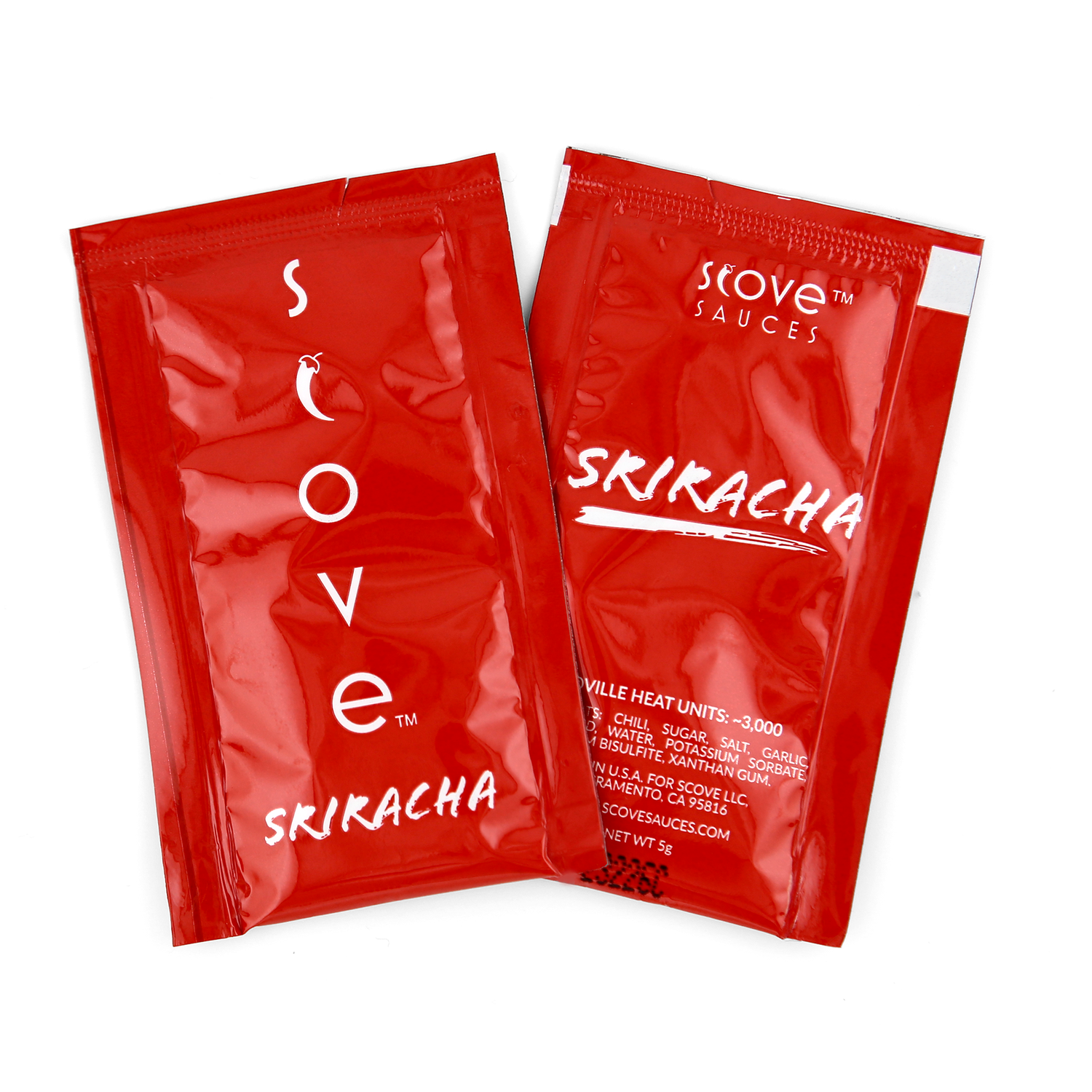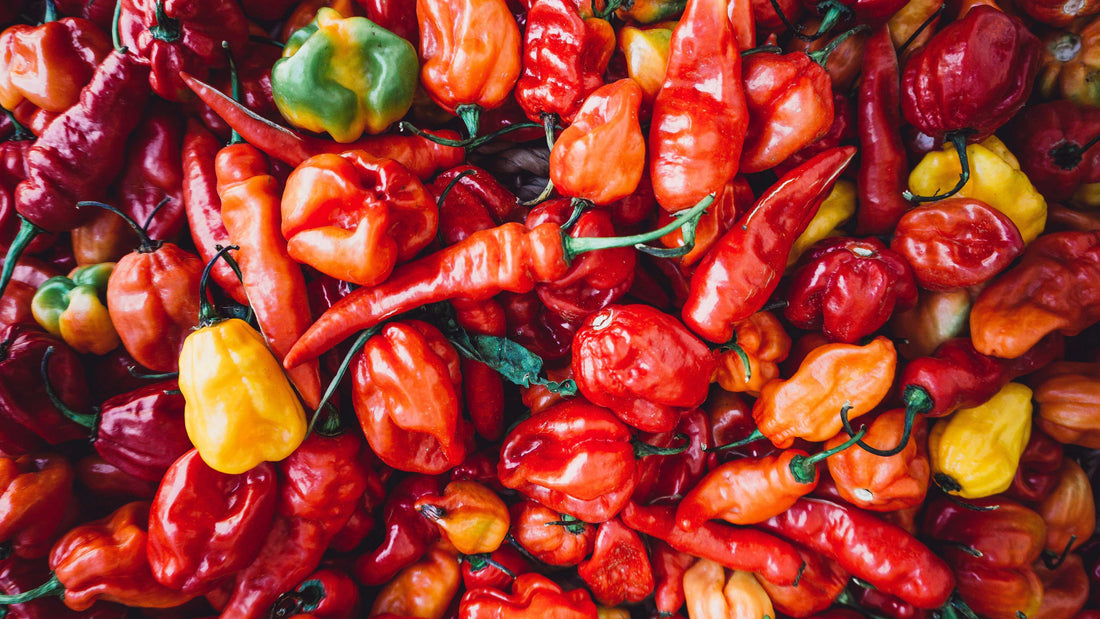The Birth of the Scoville Scale:
In 1912, pharmacist Wilbur Scoville developed a method to measure the heat of peppers, originally known as the Scoville Organoleptic Test. Scoville's ingenious approach involved diluting pepper extracts with sugar water until the heat was no longer detectable to a panel of tasters. The degree of dilution at which the heat disappeared was then assigned a numerical value, indicating the pepper's spiciness. This method laid the foundation for the Scoville Scale, a standard for gauging the heat levels of peppers.How Does the Scoville Scale Work?
The Scoville Scale assigns a specific Scoville Heat Unit (SHU) to each pepper variety based on the amount of dilution required to neutralize its heat. The higher the SHU, the spicier the pepper. For example, a sweet bell pepper has an SHU of 0, while the fiery habanero can range from 100,000 to 350,000 SHU. The legendary Carolina Reaper, one of the hottest peppers in the world, tops the charts at over 2 million SHU.Popular Peppers on the Scoville Scale:
- Bell Peppers (0 SHU): Starting at the mild end of the spectrum, bell peppers provide a sweet and colorful addition to dishes without any heat.
- Jalapeño (2,500-8,000 SHU): A popular choice in many cuisines, jalapeños offer a moderate level of heat that adds a flavorful kick without overwhelming the palate.
- Habanero (100,000-350,000 SHU): With a significant uptick in spiciness, habaneros bring a tropical fruitiness along with intense heat, making them a favorite for those seeking a bold flavor profile.
- Ghost Pepper (850,000-1,041,427 SHU): Also known as Bhut Jolokia, the ghost pepper hails from India and delivers an unmistakable heat that demands respect and careful handling.
- Carolina Reaper (2.2 million SHU and beyond): Holding the Guinness World Record for the hottest pepper, the Carolina Reaper boasts an intense heat that can be downright explosive, requiring caution in its culinary application.
Beyond the Scale: Practical Applications:
The Scoville Scale extends beyond its role as a measurement of spiciness, influencing culinary practices, product labeling, and even challenges for spice enthusiasts. Hot sauce aficionados often seek out sauces with higher SHU ratings for an exhilarating culinary experience, while food manufacturers use the scale to inform consumers about the intensity of their products.
Conclusion:
The Scoville Scale stands as a testament to our fascination with heat and spice, providing a standardized measure for the diverse world of peppers. From mild to wild, peppers offer a spectrum of flavors and intensities that cater to a variety of palates. So, the next time you savor a spicy dish or experiment with hot sauces, remember the Scoville Scale and the journey it represents through the heat levels of peppers. Happy spicing!


